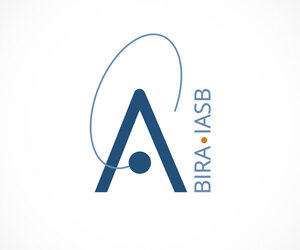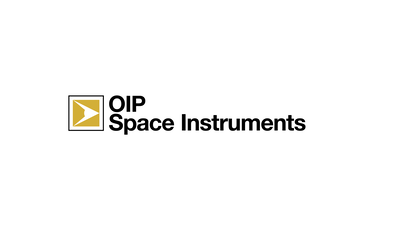The satellite
Altius is based on a Proba-P-200 generation satellite – a small satellite weighting just 266 kg. The satellite flies in a Sun-synchronous orbit at an altitude of 668 km, achieving global coverage in a three-day revisit cycle.
The P-200 platform, currently under development at Redwire Space, is a three-axis stabilised multi-purpose platform. It uses three star trackers, four reaction wheels, a GPS receiver and two antennas, three magneto-torques and two magnetometers. This ensures that the platform has a high degree of manoeuvrability for different observations, modes and operational scenarios. To meet the power needs of Altius, four deployable solar panels will be accommodated in the platform.

Altius carries a high-resolution 2D imager that observes ozone from the side, at Earth's limb or atmospheric boundary. This limb-sounding technique allows concentrations of ozone to be viewed at different altitudes, thereby providing profiles of different concentrations. The instrument uses three independent spectral imagers that operate in the ultraviolet, visible and near-infrared achieving global coverage in a three-day revisit cycle.
Altius takes 2D spectral images of the atmosphere’s bright limb, covering field of 100 km x 100 km projected at Earth’s tangent point. The aim is to gather data with a vertical resolution equal to or better than 1 km to accurately sample atmospheric layers. In its nominal operational mode, the Altius instrument will be backward looking, i.e. limb looking in the anti-velocity direction.


Access the video
The instrument will be protected from the Sun by a Sun-shield panel. In addition to bright limb observations, other modes will be available such as solar occultation at the terminator, and stellar occultation in the dark limb.
The Altius instrument is designed to be able to operate continuously over one orbit in various modes. It will perform acquisitions in a broad wavelength range coping with large differences in light intensity across the various observed scenes. The satellite will follow a Sun-synchronous orbit at an altitude baseline of 690 km and at a local time of 10:00. Additionally, it will take advantage of the satellite platform’s agility to operate at different attitudes. This allows for different observation modes, achieving global coverage in three days or less, with a resolution of 5 degrees in latitude and 10 degrees in longitude, which is a threshold requirement for the accuracy of present chemical assimilation models.
The mission has been designed with a life of at least three years.














 Germany
Germany
 Austria
Austria
 Belgium
Belgium
 Denmark
Denmark
 Spain
Spain
 Estonia
Estonia
 Finland
Finland
 France
France
 Greece
Greece
 Hungary
Hungary
 Ireland
Ireland
 Italy
Italy
 Luxembourg
Luxembourg
 Norway
Norway
 The Netherlands
The Netherlands
 Poland
Poland
 Portugal
Portugal
 Czechia
Czechia
 Romania
Romania
 United Kingdom
United Kingdom
 Slovenia
Slovenia
 Sweden
Sweden
 Switzerland
Switzerland





























